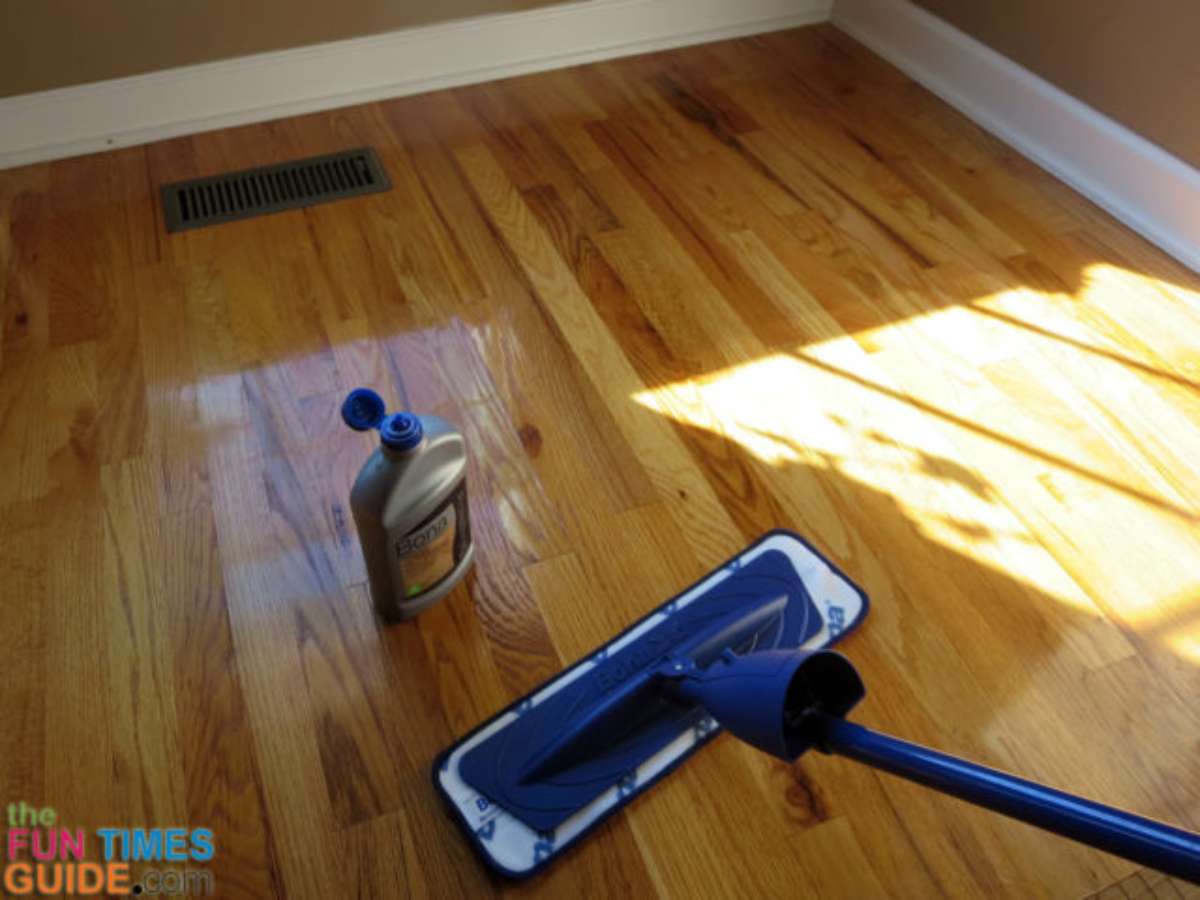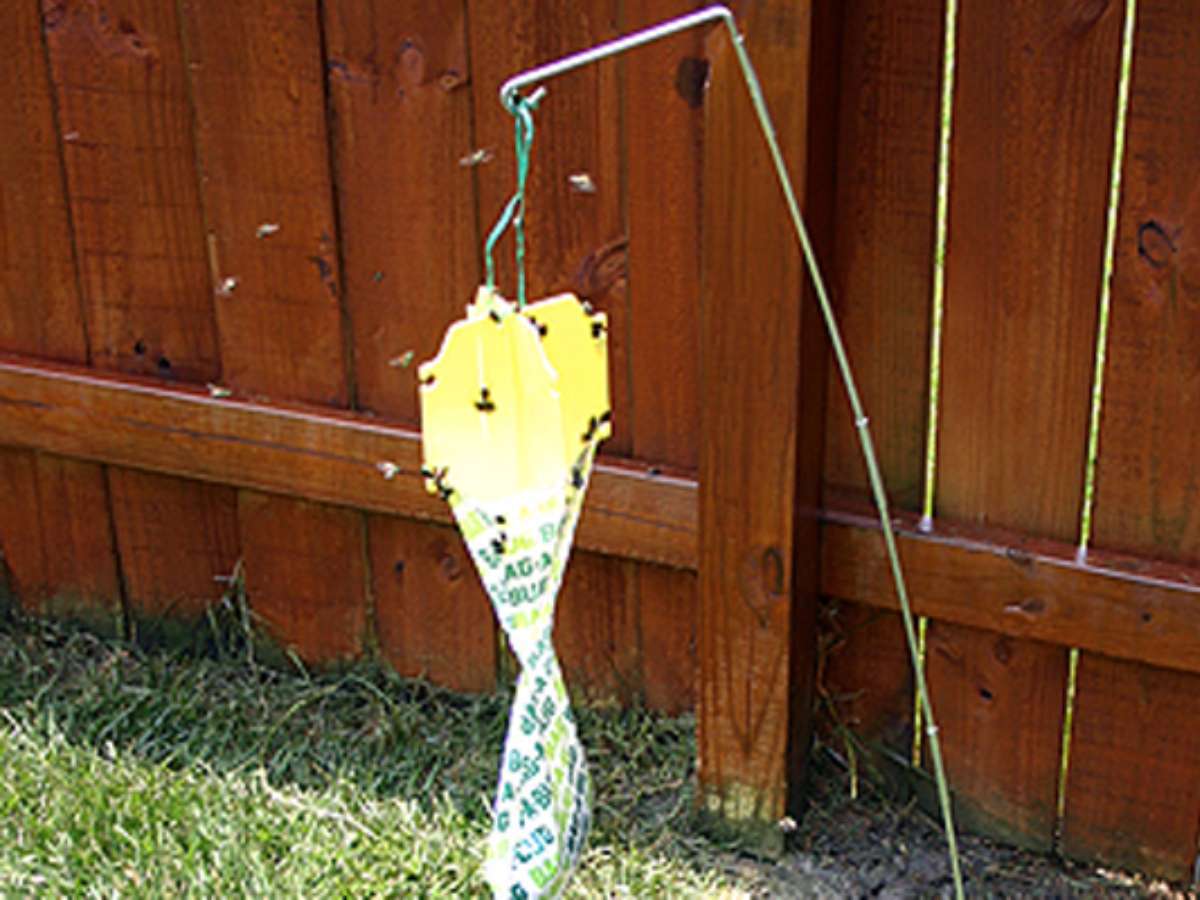As an entomologist and pest control expert specializing in both urban pests and agricultural pests for the past 25 years, I’m going to show you how to get rid of moles in your yard.
Have you ever wondered, “What does a ground mole look like?”
It looks like this… pictured here in my hands:
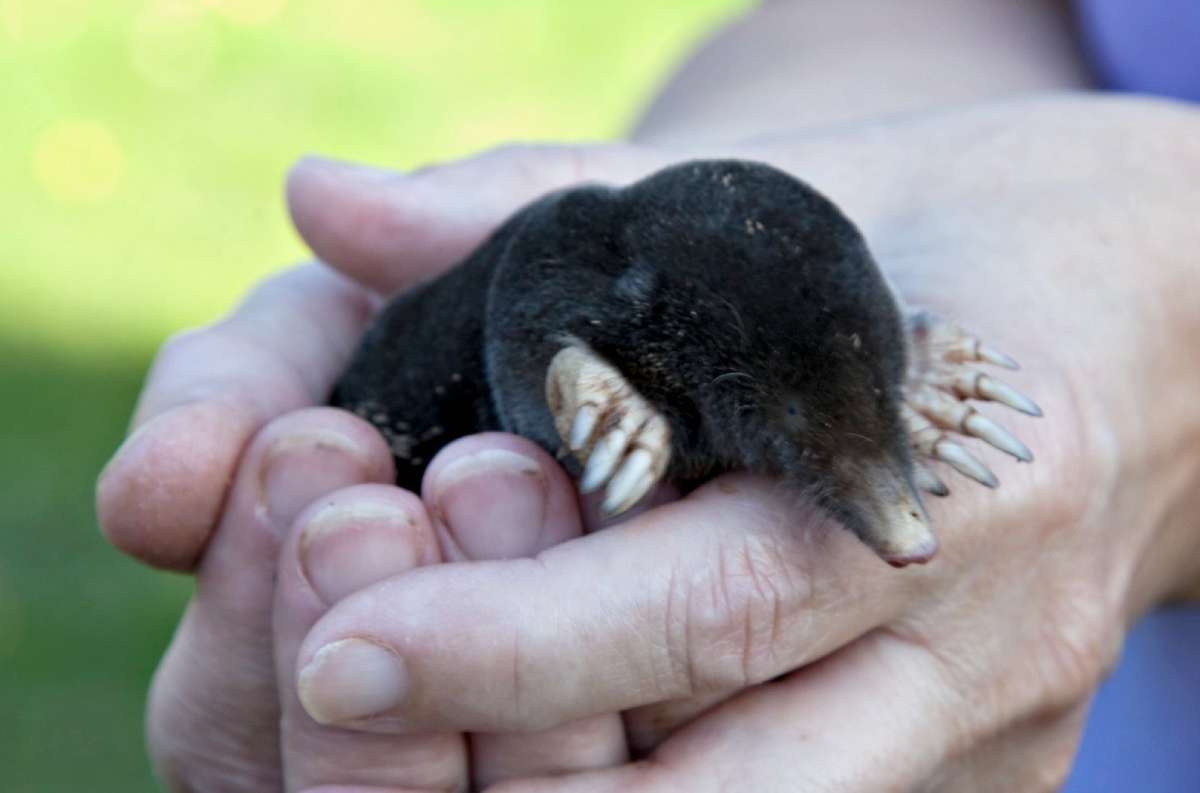
Believe it or not, a mole is not interested in your lawn or garden at all. Its main goal is to find earthworms, slugs, larvae, beetles, and other insects.
However, this animal creates numerous underground corridors and rams the root system of not only garden plants, but even bushes and trees.
As a result, your harvest dies and the flower garden gets destroyed.
So, what’s the right method for ground mole removal?
I’m going to show you how to get rid of moles in your yard yourself — from my most favorite to my least favorite (but effective) methods.
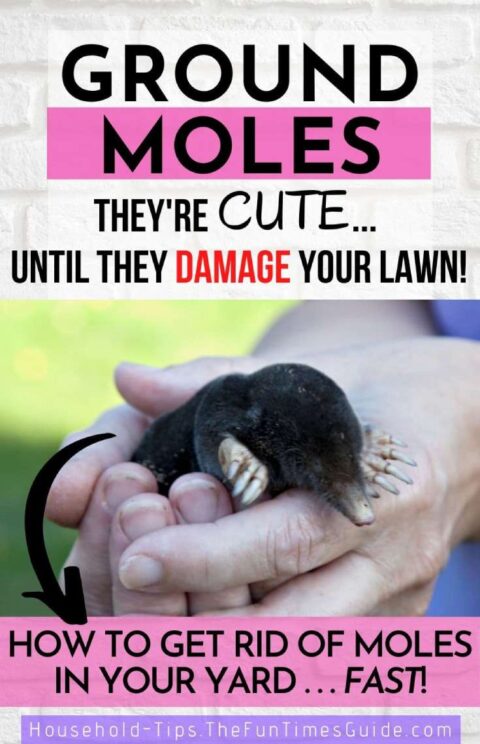
Read This First If You Think You’ve Got Moles…
Of course, the appearance of moles in your yard isn’t an appealing sight.
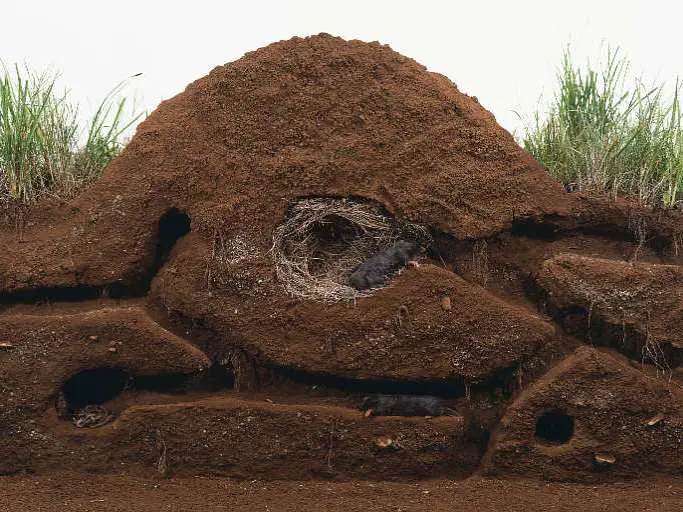

For any pest, there are billions of control methods. But when it comes to animals, I urge you to be more humane. Whether you are getting rid of mice or dealing with ground moles, please don’t kill them.
As a pest control expert, I’ve met with this misfortune many times — so let me explain to you all possible methods for how to get rid of moles in the garden humanely.
NOTE: The same method that can be effective for some cases might be completely useless for others. Often, it’s a process of trial and error.
So, let’s start from the very beginning….
Did you see a pile of raw land or a furrow on a flat lawn surface? This is the first sign of the mole presence.
Why Do The Moles Appear In Your Yard?
Ground moles feed on earthworms. So if you see a mole in your yard, you can be both proud and upset. The animal traveled to your yard because it has the source of food that moles need — and that means the soil in your garden is fertile and good for plant growth!
The number of moles directly depends on the number of earthworms and soil fertility.
Moles are not entirely blind, but their vision is very poor. These small animals are distinguished by sufficiently large paws with large claws that help them to dig underground passages. They spend most of their life creating a system of tunnels just below the earth’s surface.
They do not eat roots or bulbs, but they can dig the dirt around the roots, forming voids — so your trees and plants will cease to receive sufficient nutrition and may eventually die.
Also, these animals have a household. If you noticed a mole in your garden, you can be sure that this is not about one individual mole residing in your yard — it’s about his entire family and their mission to remain fed.
Ground moles protect their territory, so there won’t be another family of moles settling into your yard anytime soon.
Moles can actually be useful for your lawn and garden because they:
- Dig up the soil at a depth of 50-70 cm — which leads to its active aeration, helping the roots grow deeply and produce a stronger, more vigorous lawn.
- Make the soil expand — which improves the quality of soil in your yard over time (due to the moles constantly moving through their underground tunnels and digging new passages).
- Save us from other annoying pests — since their diet primarily consists of earthworms and other insects.
3 Ways To Get Rid Of Moles In Your Yard
#1 – Use Mole Repellers (my top choice)
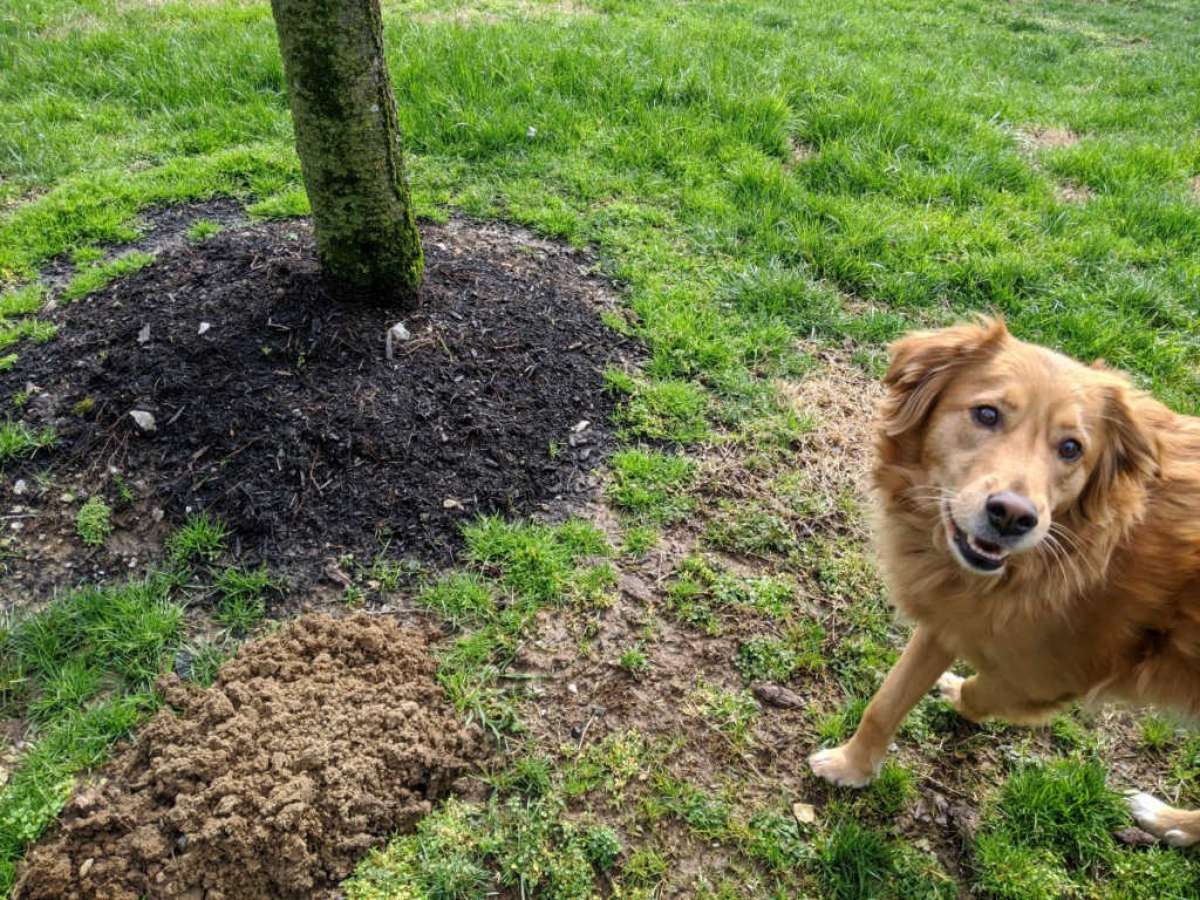
Many gardeners use ultrasonic repellers to fight moles. The larger your yard, the more repellers you will need.
Mole repellers need to be stuck into the ground, following the instructions on the packaging.
The repeller is a great tool that scares ground pests away by emitting sonic vibrations at a frequency that is undetectable to humans… and harmless to pets.
With repellers, the moles should leave your yard within several days.
Ultrasonic pest repellers can be easily found in stores and online.
#2 – How To Get Rid Of Moles Naturally

There are a few ways to get rid of moles using things you probably already have at home.
But first let’s talk about what you should NOT do.
Do NOT use methods such as:
- Broken glass (some consider it reasonable to bury it underground, hoping to harm the moles in this way)
- Traps
- Chemicals
Firstly, it is inhumane. Secondly, these items can upset the ecological balance in your garden.
The best home remedies for natural ground mole removal are:
- Use a garden hose. This method may help to drive the moles out of their homes — but there’s no guarantee that they won’t return in a couple of days.
Here’s how: Insert a water hose into a mole hole and then blast water through the underground tunnel(s).

- Another way to get rid of moles naturally is to plant specific flowers and herbs around your home.
Here’s how: Simply plant more Daffodils, Garlic, and Marigolds in your garden area. These plants repel moles by scaring them away with their scent.

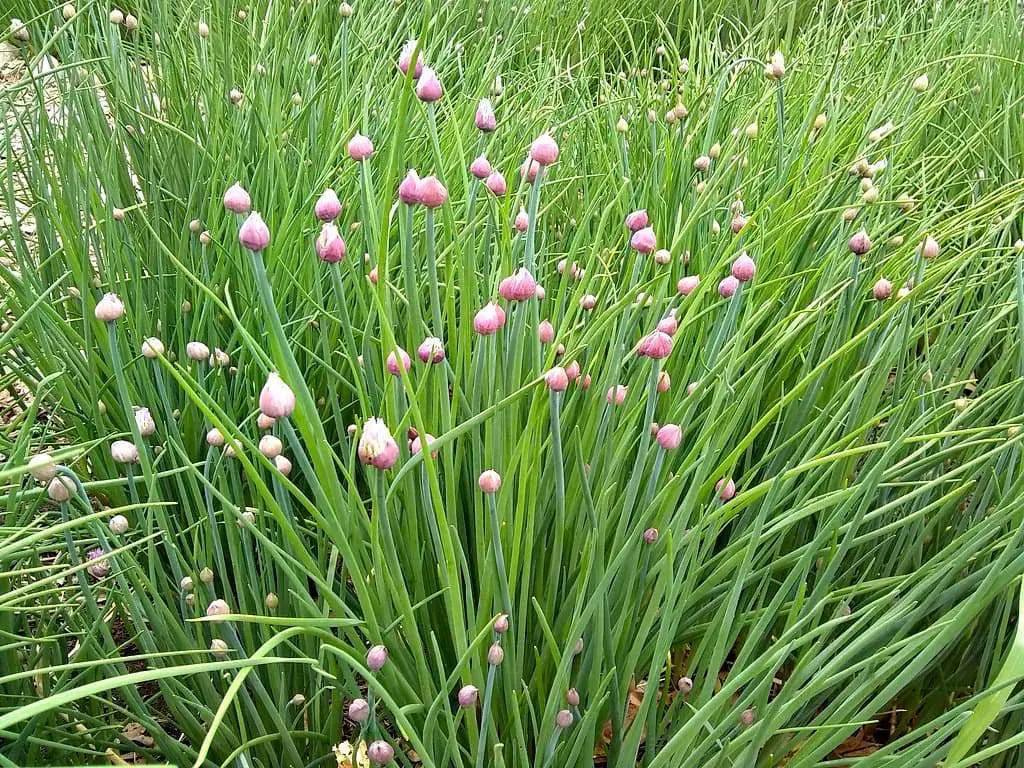
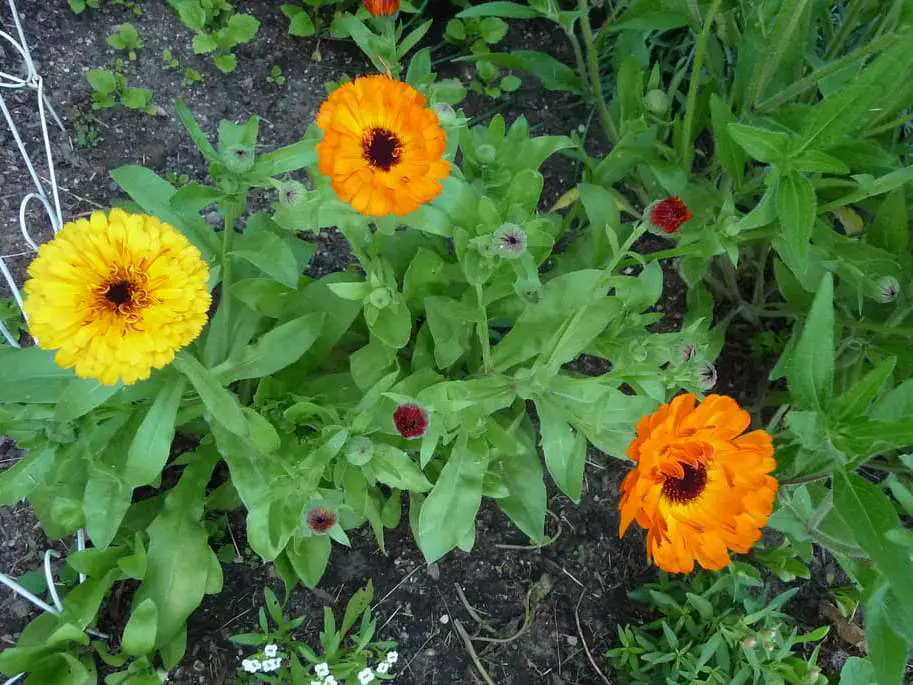
- One of the oldest proven natural home remedies for ground mole removal is to make your own castor oil mole repellent. Yep, just spray the soil with castor oil and Dawn soap!
Here’s how: Combine 1 gallon of water, 7 ounces of castor oil, and 2 tablespoons of Dawn dish soap. Pour this mixture over the mole tunnels — or use a garden sprayer. (It will get the moles out of your yard quite quickly!)

#3 – Use Ground Mole Poisons (my least favorite)
If the more humane methods of getting rid of moles do not work for you, the only thing left to use is poison.
Moles are known to feed mainly on earthworms — so you can use worms as bait.
Here’s how: Collect some worms, cut them, and put a little bit of mole poison inside. Then, put the bait worms into the mole tunnels. (Talpirid and Tomkat are two worm bait kits that include fake worms and mole poison.)
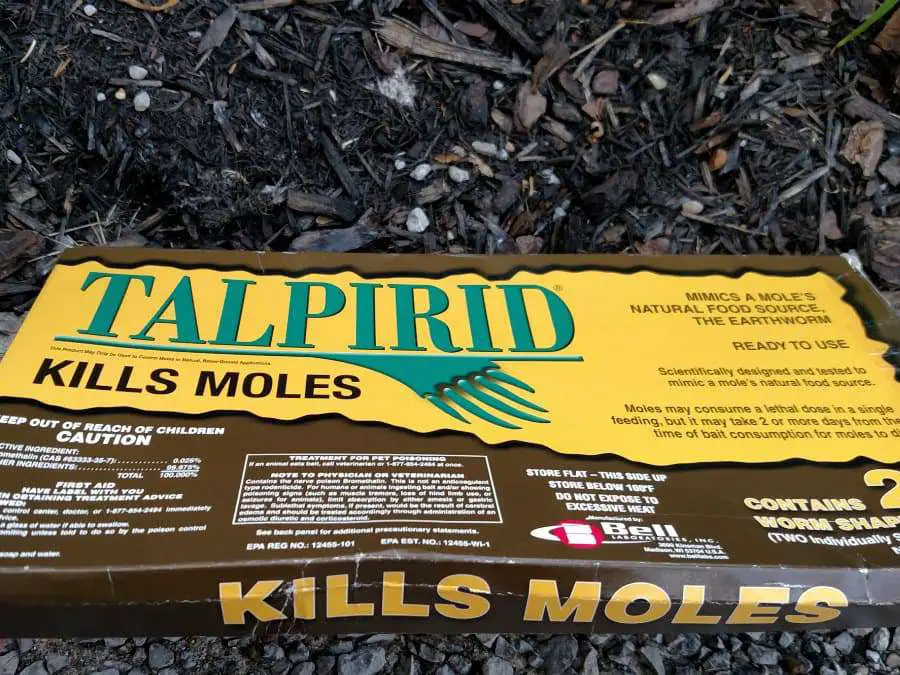

Keep in mind… using poisons will also negatively affect your garden. If the mole doesn’t eat all of the worms you placed and the poison inside, the baits will soon start to rot — poisoning the soil and the plants nearby. In the end, you will have more problems with the fertility of your soil.
The Bottom Line
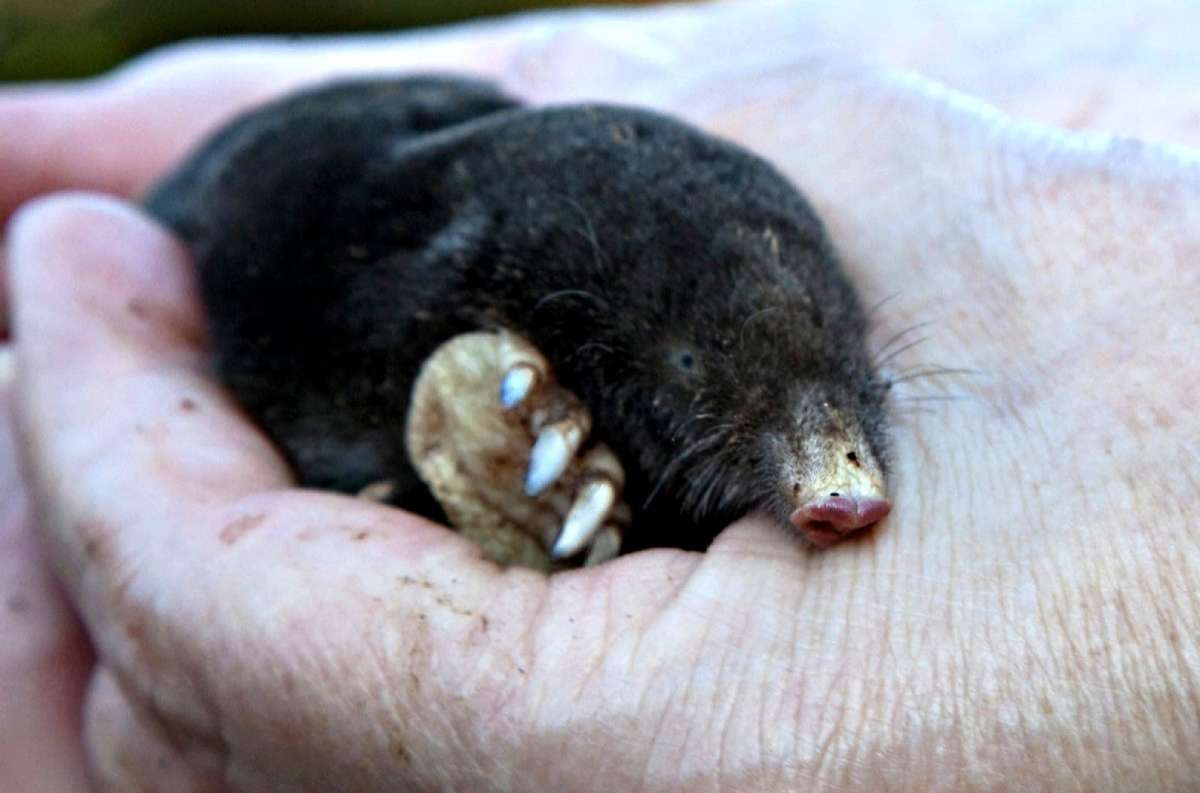
If you decide to deal with moles using the radical method of killing them, please consider calling a professional.
They will help you to choose the right poison that will least affect your soil and plants.
Still, my recommendation is to avoid killing lawn pests like moles.
From my personal experience, I can say that the other methods I’ve mentioned above will also work!
Nicholas Martin is an entomologist and pest control expert who combines insect survey work with consultation for private pest control agencies. He is ACE-Certified in the pest control industry by the Entomological Society of America, specializing in both urban pests and agricultural pests. Nicholas is also the founder of Pest Control Hacks.
Like this post? Save it to read again later… or share with others on Pinterest!




